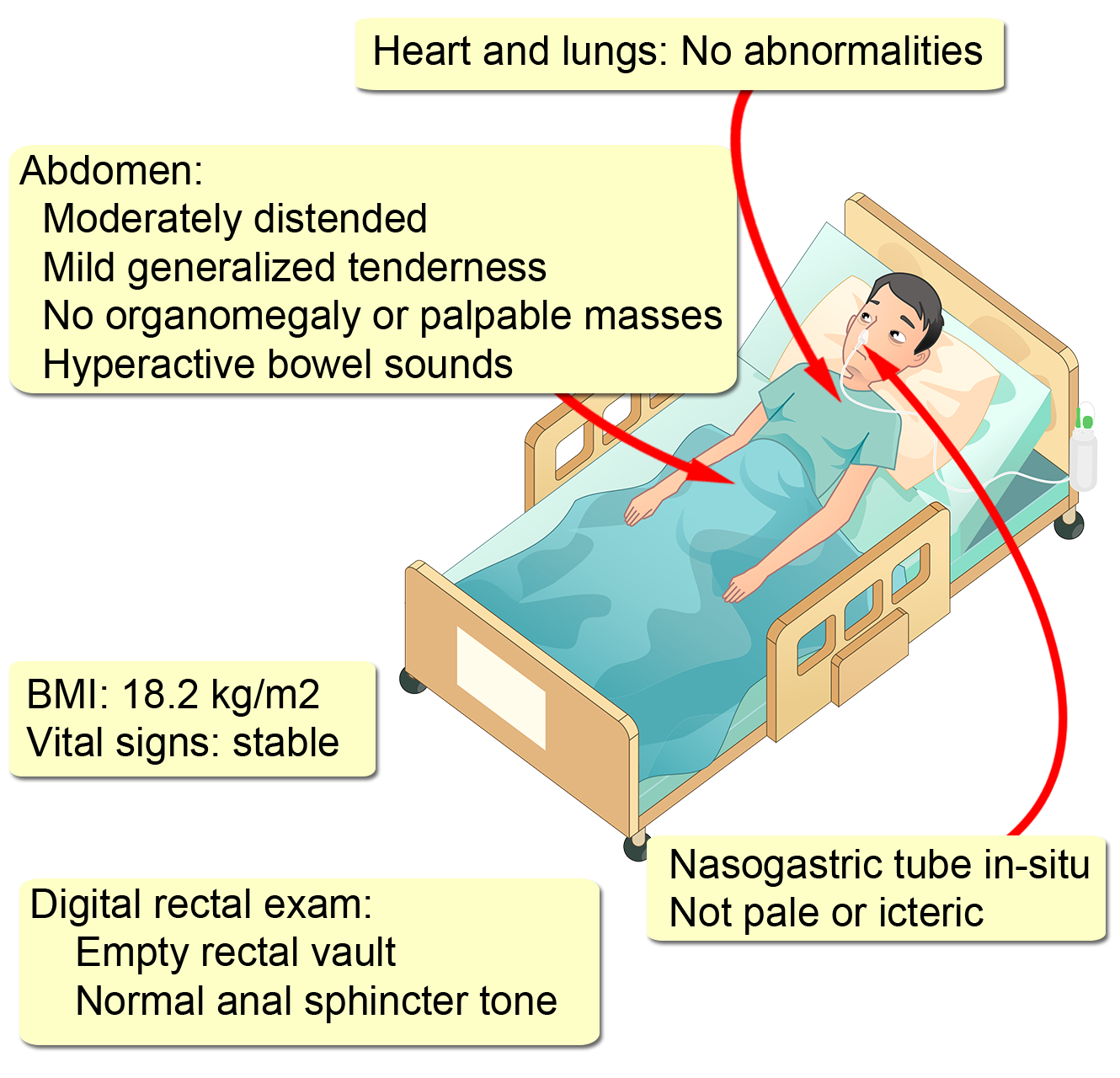


High levels of nitrogen-containing compounds (body waste) in the bloodĪ blood test to check the amount of urea nitrogenīulging of the anterior vaginal wall caused by protrusion of the urinary bladder through relaxed or weakened musculature No urine 24-hour urine output is less than 100 mL You will need to apply your knowledge in the assessment process.Īccumulation of fluid in the peritoneal cavity Click the link below to review anatomy and physiology of the abdominal system.

Identifying abdominal surface anatomy, 9 regions and 4 quadrants, is essential to the systematic examination of the abdomen/pelvis system. A focused gastrointestinal and genitourinary assessment includes collecting subjective data about the patient’s diet and exercise levels, collecting the patient’s and the patient’s family’s history of gastrointestinal and genitourinary disease, and asking the patient about any signs and symptoms of gastrointestinal and genitourinary disease, such as abdominal pain, nausea, vomiting, bloating, constipation, diarrhea, and characteristics of urine and feces. The gastrointestinal and genitourinary system is responsible for the ingestion of food, the absorption of nutrients, and the elimination of waste products. Document findings of the gastrointestinal system using correct medical terminology.Perform correct techniques and order of the examination for abdominal assessment.Provide safety and privacy during abdominal examination.Describe two methods (4 quadrants and 9 regions) of anatomic mapping used to describe findings related to the abdominal exam.Obtain health history relevant to the gastrointestinal or abdominal exam.Identify the location of the organs contained in the abdominal cavity.Chapter objectives: At the end of this chapter, the learner will:


 0 kommentar(er)
0 kommentar(er)
